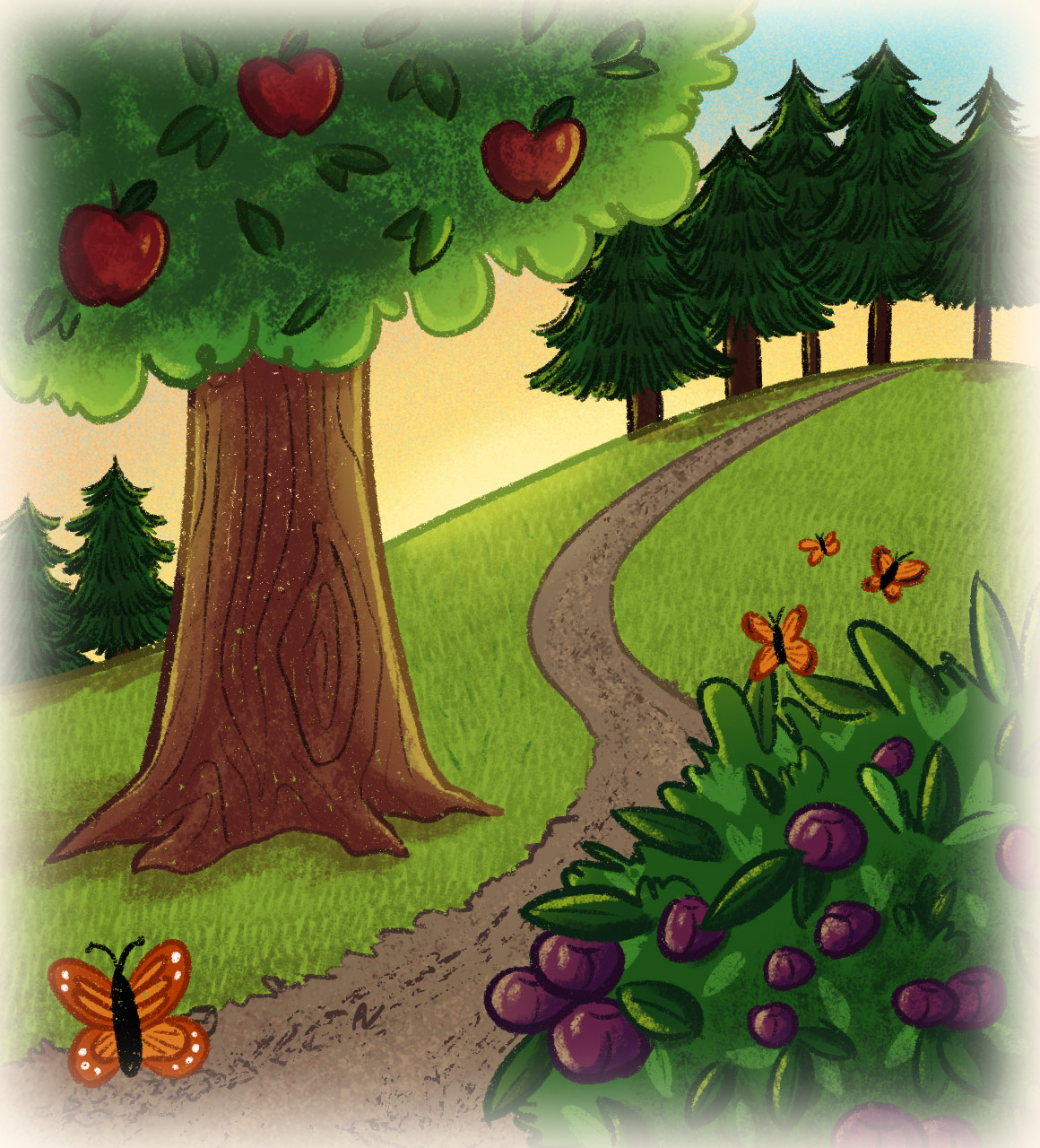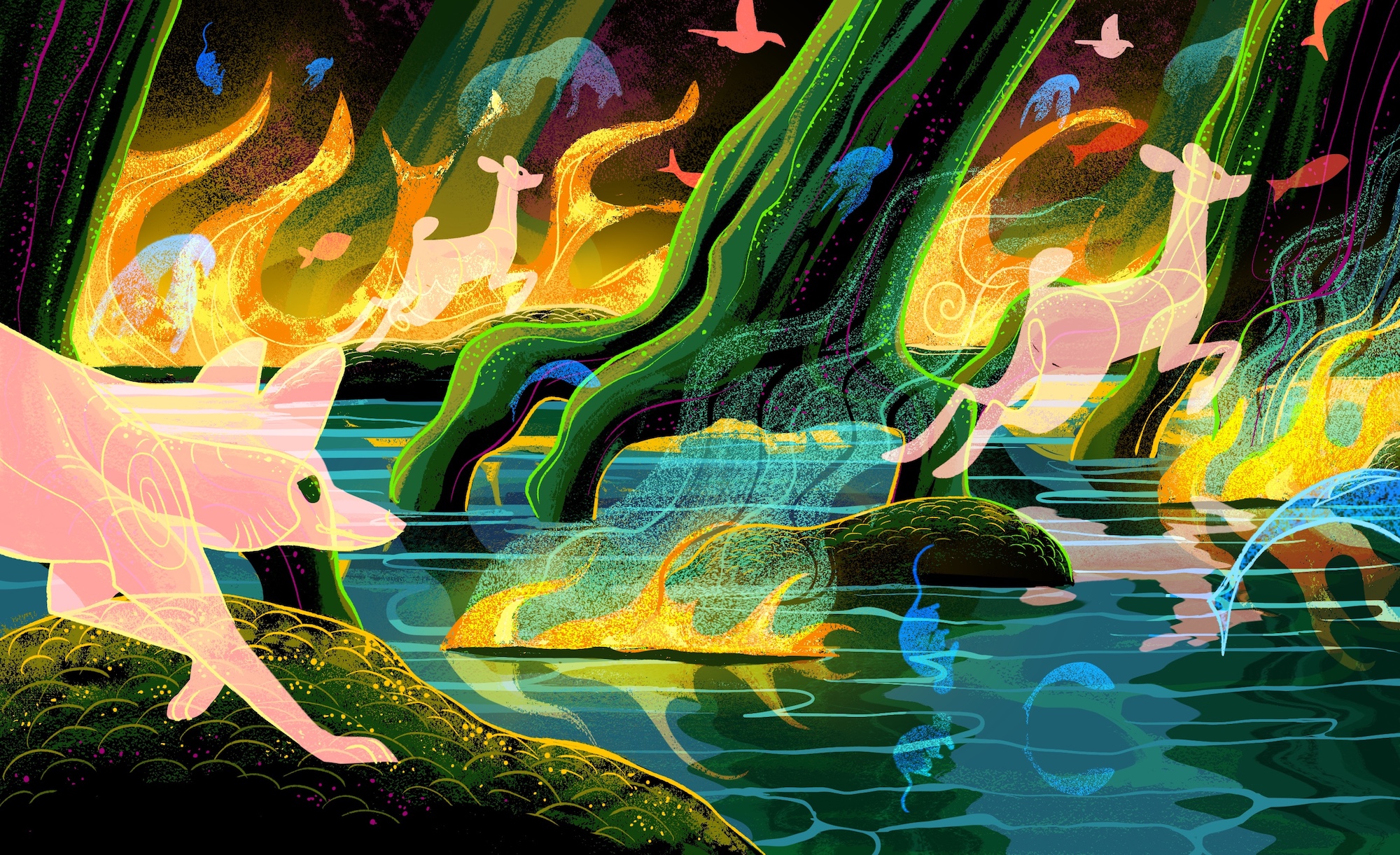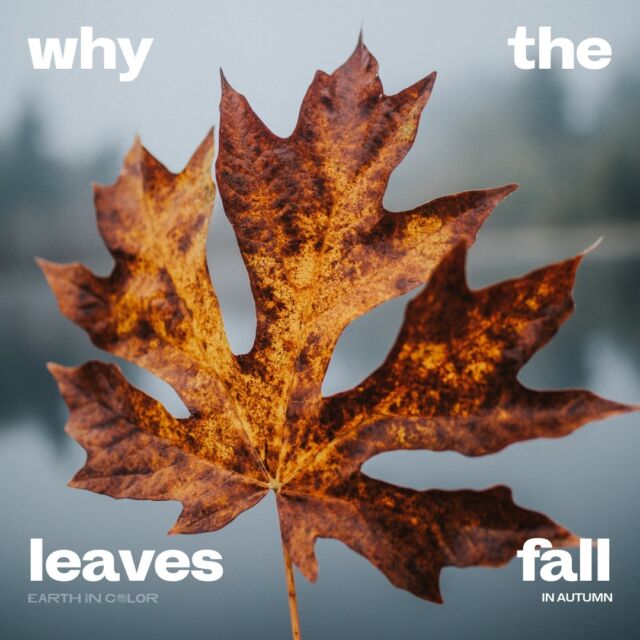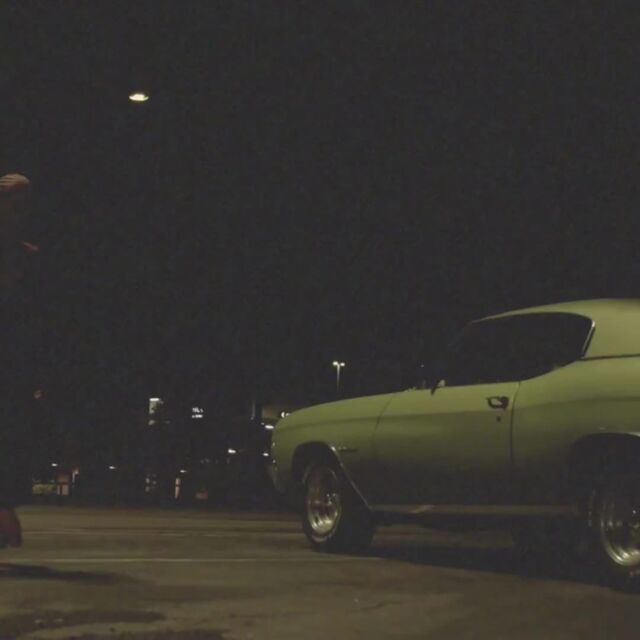The UNEARTHED series documents Black land histories, celebrates ancestral knowledge, and uplifts our personal connections to place through in-depth interviews. Land histories encompass memories, family stories, inherited recipes, and personal connections that shape the character and legacy of a specific place. Each story is a joyful call to action to share our stories, celebrate our heritage, and renew our kinship with the natural world.
In April 2022, the Earth in Color Editorial Team spoke with MacArthur Fellow and founder of the Center for Rural Enterprise and Environmental Justice, Catherine Coleman Flowers to discuss the ways in which land and place have been foundational to her work as an environmental justice advocate. Catherine describes her connection to land as a multi-faceted, cross-racial dive into self-exploration. From land-based roots to genealogical beginnings, she shares with us a thorough connection to the beauty, history, childhood, and hardship of her birth land in Lowndes County, Alabama as well as the various lands of her ancestors. This is her story of self-discovery.
Earth in color Where do you call home and when you think of home what sounds, sights, and senses come up for you?
Catherine Coleman FlowersI generally call Alabama home. More specifically Lowndes County, which is located between Selma and Montgomery.
When I think about Lowndes, I think about rolling hills and lots of vegetation. What does it smell like? It smells like fresh air. What does it look like? You know, it depends on the season; we really only have two seasons, the spring and the fall. And Lowndes County is also about family. I can probably go to any graveyard in the county and find my relatives.
Earth in color Can you describe what Lowndes looked like when you were a child? What was it like growing up there?
CatherineLowndes County is a very rural county. I didn’t live on a farm, but my parents had a garden to support the family, and at one point we had animals that provided food but that didn’t last very long. I think that was just a period my father went through. There were large farms nearby where people worked. Some of them were cotton farms, and a lot of people I knew picked cotton. Many of the children picked cotton, but my father never wanted us to. He said he had picked enough cotton for all of us. Me being the rebel that I was, one day I decided I was gonna go pick cotton because all the other kids were picking cotton in the neighborhood. I worked all day picking cotton with them and at the end of the day they weighed our cotton to determine how much money we would make. When they weighed mine, I made twenty-five cents. That was the last day I went to pick cotton.
When I think about growing up, I think about the smell of pine . . . there were so many pine trees around. I think about how the land would smell after the rain would fall. It was a smell of freshness like it was washing away other things, allowing other scents to come through. I think about plum bushes . . . because I loved to pick plums when I was a kid. We didn’t have to go in the house to eat because there was food that was growing outside. There would either be apples, plums, blueberries, or even raspberries that grew wild. I think about the scents, the smells, and the natural way in which the land helped to take care of us. And going to people’s houses. One of the traditions and customs that we had was when you would visit someone, they would give you something. It would either be something they grew from the garden or something that they cooked. My mother’s family was from the other side of the Alabama River in Autauga County, so when we went there we would get tea cakes that my mother’s family made themselves. It was about sharing what we had, but it was also having an appreciation for Mother Earth.
The other thing that is significant about Lowndes County’s history is that it is the home of the Lowndes County Freedom Organization, the original Black Panther Party. So, I grew up around activists and people from the Student Nonviolent Coordinating Committee (SNCC) who were coming in and out of the county. I grew up hearing my parents talk about going back to Africa because they had been around Stokely Carmichael. It gave me a thirst for learning more about who I am and my real connection to the land and an understanding that as I got older, Lowndes County was just a stop along the way.
“We didn’t have to go in the house to eat because there was food that was growing outside.” Catherine Coleman Flowers

Earth in color You have described a very beautiful, natural environment as well as a very active advocacy community in Lowndes. But there’s also an environmental injustice and hazard side to the county. How did your life in Lowndes bring you to your environmental justice work?
CatherineLowndes County had an agrarian economy, based on farming and plantations. In the 1960s there was a federal push to try to end poverty, and a lot of people got water infrastructure for the first time. Before then you had to either dig your own well or go to a natural spring to get the water. With the new infrastructure, a lot of people were able to get water brought to their homes. However, when the water infrastructure was put in during the 60s and 70s, people never got wastewater infrastructure. Some people who could afford it ended up with cesspools and septic tanks, but even those started to fail over a period of time.
In my environmental justice work, I had the opportunity to take people to Lowndes County, including the Environmental Protection Agency (EPA) administrator. And what we saw were failed systems put into communities of color or poor communities. We saw straight piping, which meant that when people flushed their toilets, the waste would just go straight outside. We could literally see the remains of what came out of the toilet on the ground. What was so startling about it was seeing children playing near it. Somebody recently reminded me that, even with my own experience, we get so accustomed to this because it’s always been that way.
I was always the type of child who liked being around older people. Growing up in Lowndes and around activists, I learned a lot from listening to them talk about developing strategy and listening to them talk about justice and morality. My parents took me to meetings and so forth and that made me question things. But it also gave me the opportunity to see how the people who questioned things and organized were able to make changes. Because Lowndes County is where I’m from, I’m always going to be involved there. But Lowndes County is also responsible for me being who I am because of the skills I developed in that rural community steeped in activism. Now, I’m able to take what people have given me and put it back into the community to try to bring about the sanitation justice that has escaped the community for so many generations.
Earth in color You mentioned that it’s easy to get accustomed to hazards or injustice if that’s the way it’s always been. Has your view of the beauty you grew up with in Lowndes changed after you left and realized the waste issue isn’t normal?
CatherineThe beauty is still there. The trees are still there. The largest butterflies I’ve ever seen are there.There is just human waste that is not properly treated. Because somehow the inequities that have been baked into the system elude the people that live in Lowndes County, and other places, like in Kentucky, Tennessee, and West Virginia. You know, poor communities that have not gotten that type of equity. But in terms of the beauty, when I want to calm my mind, I go to Lowndes County because it is naturally beautiful. It’s almost like a Garden of Eden.
As we juxtapose the beauty of Lowndes County against the wastewater problem, we have to also juxtapose the beauty of Lowndes County against its history. Because Lowndes County’s nickname was “Bloody Lowndes.” That’s because of the lynchings that took place there. When I go to Lowndes County, I acknowledge and I remember Viola Liuzzo. And I remember Jonathan Daniels. And I remember the Powell brothers and so many other unnamed people who were lynched or ran away because they fought for justice. But that, to me, does not define the land. That does not take away from the beauty of the land.

“…when I want to calm my mind I go to Lowndes County because it is naturally beautiful. It’s almost like a Garden of Eden.”
Catherine Coleman Flowers
Earth in color Shifting to your land connection outside of Lowndes, can you break down the different communities you’re a part of?
Catherine Coleman FlowersThrough DNA tests, I discovered that my history and my connection to humanity is a lot deeper than just Lowndes County. Lowndes County is where we ended up, but that’s not where we began. Learning about my history helped me to develop a deeper appreciation for Mother Earth, and how she has nurtured us. Learning about my history also helped me bridge my work as an environmental justice advocate, my work around human rights, and my connection to lands around the world—because I am in fact connected.
When I look at the map from my DNA test, I am from across the continent of Africa. I have South African ancestry. I have East African ancestry. I have North African ancestry and I have West African ancestry. So as we hear our stories about the slave trade and how we were impacted, I wonder sometimes if I could go back to every intersection to learn what these stories were and who these people were that helped to make me who I am.
I also found some other things that were interesting: the British and Irish ancestry, the French and German ancestry, the Scandinavian ancestry, and also the Indigenous American ancestry. And more recently the Caribbean ancestry from Haiti. Now I realize that the connection to these lands, not just the land, is far more powerful than I would ever know.
There’s also a connection as it relates to environmental justice and the Earth. Because a lot of these same areas are suffering from colonization and exploitation, they’re suffering because Indigenous people around the world were exploited, in some cases killed, or just put in a position where they had no power. That history was all about exploiting the land and it is what has led to the climate crisis that we’re dealing with now.
The connections to all of these lands helped me to understand my passion for helping to save the Earth for generations to come. In my DNA I can see all of these atrocities; I can see all of these movements. And I suspect that each of us, especially those of us who are people of color in the US now, will probably see the same stories being told if we look at our DNA.
Earth in color What have been some of your experiences engaging with other lands as a part of your DNA journey?
CatherineWhen I went to the 2021 United Nations Climate Change Conference (COP 26), I was in Scotland. What I saw there was so interesting—the shortbread cookies there were the tea cakes of my childhood. I saw things there that reminded me of things in my family. I also discovered I have some relatives in Liberia. There was a period of time in the US when they were resettling people of African descent in Liberia. Some of my relatives were on a plantation in Georgia and the person who owned that plantation wrote in her will that she wanted her former slaves to be resettled in Africa. We were told that there is land there waiting for us. I have another cousin who is a nurse; he’s in Germany, a White German. And I remember when things were getting dire with the 2020 protests here in the US, he actually invited me to come to Germany and stay with him because he was afraid of what he was seeing in the news here. He also has a love of nature. One of the things I’ve found with all the cousins and relatives I’ve connected with is that we all have an appreciation for nature. It makes me think, “wow maybe this is deeper than we think. Maybe it’s encoded in our DNA that we care for the planet.” I feel ever more empowered now to be engaged on a global level.
Earth in color Given your experience, do you have any thoughts on the importance of this sort of DNA tracking?
CatherineI think we all need to find ourselves, and sometimes what we’re finding in this journey is not what we’ve been told. In my journey, I’m very thankful that a lot of the people who I’ve reached out to or that have reached out to me have been accepting, because I think that DNA, this geological journey, breaks down barriers. We have to break down these barriers to save Mother Earth—Mother Earth will always be here, let me clarify that—but we have to make sure we have a livable planet. It’s the divisions that keep us from fighting for what’s really important.
Through my genealogical journey, I’ve been able to break down some barriers, develop some allies, and find friends in places that I didn’t expect to find them. Through it all, I’ve expanded the support and commitment to fighting for the type of environment that can sustain life. And hopefully, it’s helped people see themselves in this fight for environmental justice.

























![Did you know you could be buying fake honey? 👀🍯
According to @detroithives co-founder Timothy Paule Jackson, “ninety percent of most honey that you get in big box stores is fake.” To make sure you’re getting the real stuff, he suggests checking out the nutrition label. Fake honey will have ingredients like “high fructose corn syrup, peach syrup, [and] it’ll have some type of sugar.” Avoid honey labeled as “pure” or “pasteurized,” and instead look for words like “raw” or “local.”
And with winter approaching, it’s the perfect time to stock up — not only is it full of vitamins and minerals, but real honey can also be used as a remedy for sore throats and coughs. Swipe to check out some of our favorite Black-owned bee farms and Black beekeepers selling the good stuff 🐝🍯](https://earthincolor.co/wp-content/uploads/sb-instagram-feed-images/314552686_126502226881255_7598404171432106028_nfull.jpg)



